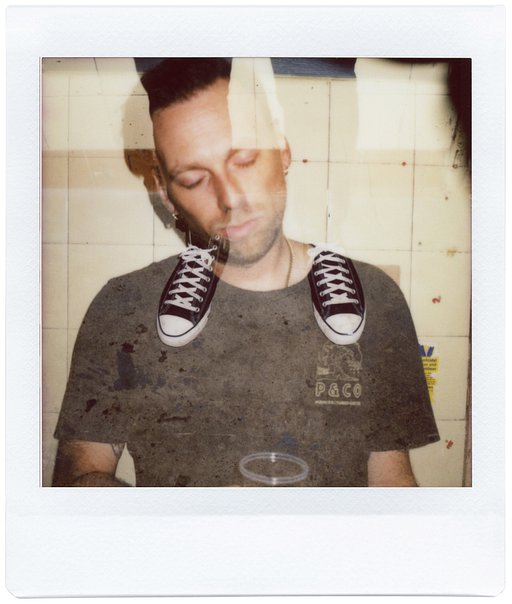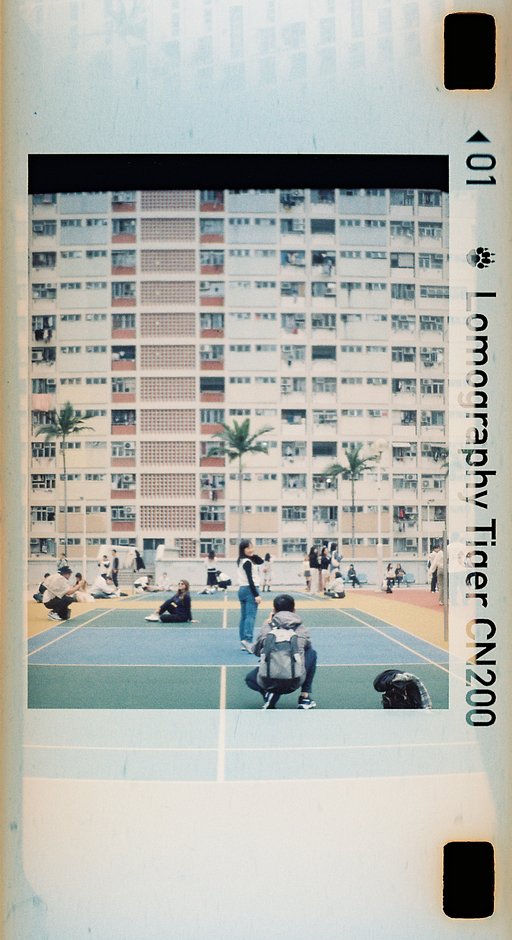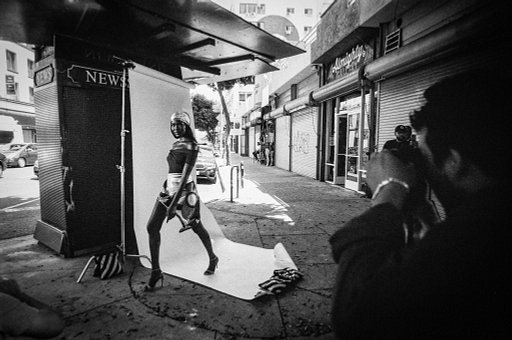One Camera, One Lens: A Personal Challenge
14 Share TweetI have to be honest, I'm not the most active photographer out there. As a matter of fact, it took me quite some time to add more photos to my albums. Not to mention, the images I recently took aren't artistic like those in the interviews we feature here in the Magazine. Regardless, I am slowly getting back on the saddle – looking to finish the rolls which have been sitting inside my fridge for quite some time now.

One of the things that made me want to take photos more often (it would be great if I could develop the habit of photographing regularly though) is my current camera setup. It's nothing fancy. It's not iconic in any way nor is it the best gear out there. The camera and lens I'm currently using to take photographs are the Nikon F-301 and Nikon 36-72 mm f/3.5 zoom lens. Again, it's as nondescript as any gear setup can get but I love using it.
Both the camera and the lens were gifts by a friend and former colleague here in Lomography. She is quite into cameras and one of her side hustles is camera flipping. She knows a thing or two about photo gear (takes a lot of photos, too) and I've asked for her help more than a couple of times when I'm stumped with the Lomopedia series. The lens came first and then the camera body. I guess I really am fortunate with the friends I have.
Moving on, I came up with the idea of trying to master this current setup by limiting myself to using just this camera. It's big, bulky, and heavy so I took it as a challenge to bring it with me whenever I could. Naturally, it came with me on my trips -- whether it's visiting family or just going on a quick jaunt outside the city. I have to say that there's still a lot I don't know about the camera even after the research I put into it. I wanted to discover new things about it as I use it as it made more sense to me than just reading the spec sheet.
After months of using the camera setup, I did come up with a short list of discoveries. Some are technical and can be read in reviews scattered around the Internet. The other discoveries however, I'm sharing with you in hopes that I may convince you to take up this challenge and hopefully help you discover a thing or two about yourself as a photographer.
Don't Rush Into Things
This is probably what I'm most guilty about as a photographer. I try to make quick work of things like focusing and adjusting my settings. So far, I've learned that I need to sometimes slow down. Slow is smooth and smooth is good. Also, I've accepted that I probably need to practice a lot if I'm going to try street photography.
Go out There and Shoot, Be Shy Some Other Time
Since this is a big camera, I couldn't just hide and sneak in a shot every so often. It's heavy, too so doing that is quite a workout. I've learned that it's best to ask people that you want to photograph them and most likely, they'd agree. Some were even curious about the setup I'm running and there were a few who were stoked to learn that it STILL uses film. Good encounters.
Make the Frames Count
I have a habit of overdoing things once I've gotten the hang of it and that applies to shoot with film. Last time I took photos with this camera, I ended up burning through one and a half rolls of film. I know, it's not much to some of you but I almost ran out quickly with still another day of shooting ahead of me. Maybe this is connected to lesson number one.
Close the Distance, Even With a Zoom Lens
I can't help but think about the tip that Robert Capa famously gave to photographers about getting close to their subject. He's right and that's why he's considered as one of the greatest photographers who ever lived. There's truth to it that you just can't shrug off. The portraits that I took with this camera looked better (in my opinion) when I got closer to my subjects instead of just relying on the lens. Somehow, I felt more connected to the shot and remembered the scene more vividly. Thank you, Robert.
You're Behind the Camera and You're in Control, Not the Other Way Around
This camera doesn't have a built-in flash. It doesn't have autofocus. There's no mirror lockup. I don't have a tripod for steadier shots. And that's okay. I learned more about myself as a photographer and this setup as I went along, shooting on the fly. There were times when my photos came out blurry and underexposed. Sometimes I've missed the moment entirely but hey, those things happen and the best thing I can do is adjust and try to be better the next time I shoot. I figured that the film counter is there to remind me that there's another frame in there ready to be shot. It's another chance to set up a shot.
So there are a few things I've learned by using just one camera and lens. It's not much but it's something I wish to share with everyone here in the community. Try challenging yourself by adding limitations and working around them. I'm sure a lot of you will have more in your list of discoveries than I did in mine. Let's all try to add a little something to our lists every time we pick up our cameras.
Do you have a unique learning experience throughout your Lomography journey? Let us know in the comments!
written by cheeo on 2020-05-17 #culture #one-camera #one-lens























No Comments